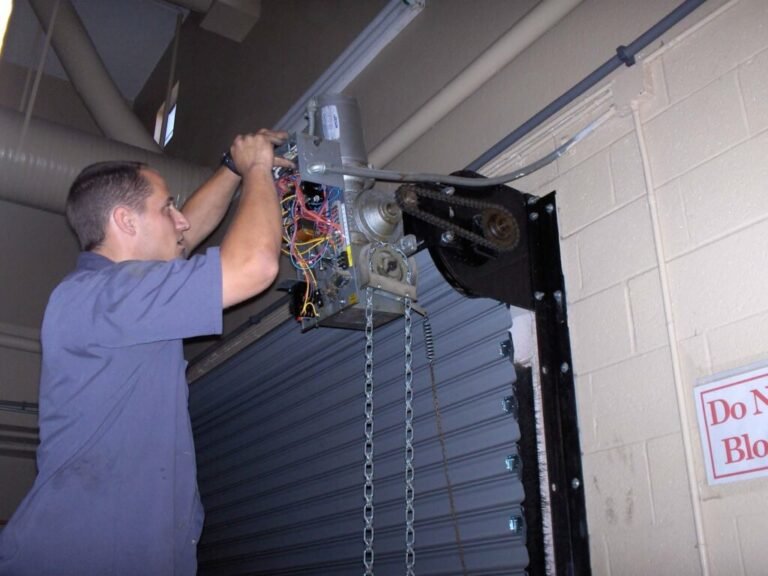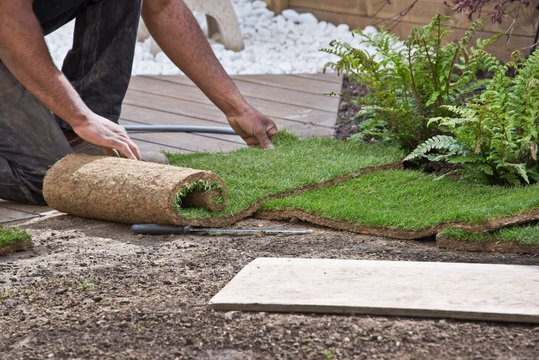The repair and rehabilitation of structures play a crucial role in maintaining the safety, stability, and longevity of buildings and infrastructure. Over time, factors like weathering, corrosion, poor construction practices, and increased load demands can lead to structural deterioration. With rising urbanization and the aging of existing infrastructure, the demand for structural repair services has grown significantly across India. Rehabilitation ensures structures remain safe, functional, and compliant with modern standards.
Understanding the Need for Structural Repair
Every structure undergoes wear and tear during its service life. Cracks, spalling, leakage, and reinforcement corrosion are common signs of distress. Ignoring these early indicators can compromise safety and lead to costly rebuilds. The repair and rehabilitation of structures focus on restoring load-bearing capacity, durability, and performance. These services help property owners avoid total demolition while maintaining sustainability by reducing waste and conserving materials.
Common Causes of Structural Deterioration
Several factors contribute to the deterioration of buildings and infrastructure. Moisture ingress, chloride attack, freeze-thaw cycles, and carbonation often lead to corrosion of reinforcement. Poor design, low-quality materials, and lack of maintenance accelerate the process. In industrial environments, chemical exposure can further weaken concrete. Understanding these causes helps engineers choose the right rehabilitation techniques and materials to restore the structure’s integrity effectively.
Types of Structural Repairs
Structural repairs can range from minor cosmetic fixes to major strengthening works. Common repair methods include crack injection, surface patching, and grouting to seal voids and restore continuity. For severe damage, jacketing, carbon fiber wrapping, or steel plate bonding may be used to strengthen beams, columns, and slabs. The goal is to ensure the repaired section performs as efficiently as the original design while meeting current safety codes.
Structural Rehabilitation Techniques
Rehabilitation involves comprehensive techniques that enhance both strength and functionality. RCC jacketing, FRP wrapping, guniting, and shotcreting are widely used to strengthen deteriorated concrete members. For bridges, industrial plants, and heritage buildings, specialized materials like epoxy resins, polymers, and corrosion inhibitors are applied. The repair and rehabilitation of structures not only restore mechanical performance but also protect against future damage, ensuring long-term durability.
Importance of Material Selection
The success of the repair and rehabilitation of structures depends largely on selecting the right materials. Modern repair compounds like polymer-modified mortars, epoxy resins, and micro-concrete offer superior adhesion, durability, and crack resistance. When combined with corrosion inhibitors, these materials significantly extend service life. The compatibility between old and new materials must also be maintained to avoid differential stress and ensure long-lasting results.
Rehabilitation of RCC Structures
RCC structure rehabilitation is one of the most common forms of structural repair in India. Reinforced concrete buildings, bridges, and flyovers often show signs of distress due to corrosion or overloading. Techniques like rebar coating, epoxy grouting, column strengthening, and beam jacketing are applied to restore strength. By addressing the root cause—such as moisture intrusion or structural fatigue—these methods ensure structural safety and extend the structure’s life span.
Waterproofing and Crack Treatment
Water infiltration is a major cause of deterioration in concrete structures. Effective waterproofing systems such as polymer coatings, crystalline waterproofing, and membrane systems play a key role in rehabilitation projects. Crack treatment using epoxy injection or PU grouting seals cracks and prevents moisture ingress. Addressing leakage and waterproofing issues early ensures that the repair and rehabilitation of structures remain durable under harsh weather conditions.
Strengthening Techniques for Load Enhancement
In many cases, structures require strengthening to accommodate additional loads from modifications or new usage requirements. Popular methods include fiber-reinforced polymer (FRP) wrapping, steel plate bonding, and external post-tensioning. These techniques increase load-carrying capacity without adding significant weight. Strengthening is crucial in seismic zones where structures must meet updated earthquake-resistant design standards. It is an integral part of the rehabilitation process for modern infrastructure.
Sustainability in Structural Rehabilitation
The repair and rehabilitation of structures support sustainable construction by minimizing demolition waste and conserving raw materials. Rehabilitating an existing building consumes significantly less energy than reconstructing a new one. Sustainable rehabilitation practices, such as using eco-friendly materials and extending structural life, contribute to reduced carbon emissions. This approach aligns with India’s growing focus on green building practices and environmental responsibility in the construction sector.
Benefits of Structural Repair and Rehabilitation
Investing in structural rehabilitation services provides multiple benefits, including enhanced safety, cost savings, and increased property value. Regular inspection and timely repair prevent major structural failures and reduce maintenance costs. Rehabilitated structures can serve efficiently for decades, ensuring public safety and comfort. Additionally, modern materials and technologies make the repair and rehabilitation of structures faster, more reliable, and economically viable for both residential and commercial buildings.
Choosing Professional Structural Rehabilitation Experts
Selecting the right experts is vital for any successful rehabilitation project. Professionals with experience in structural assessment, NDT testing, and concrete repair techniques ensure accurate diagnosis and effective implementation. They follow industry standards such as IS codes and guidelines from authorities like CPWD or IRC. Choosing qualified structural rehabilitation contractors guarantees safety, quality workmanship, and long-term structural stability.
Future of Structural Rehabilitation in India
India’s growing infrastructure demands and urban renewal projects have increased the need for structural repair and rehabilitation services. With the government promoting initiatives like Smart Cities and sustainable development, the focus has shifted toward upgrading and preserving existing structures. The integration of digital tools such as Building Information Modeling (BIM) and drone-based inspections will revolutionize the way rehabilitation projects are planned and executed in the coming years.
The repair and rehabilitation of structures are essential to preserving the built environment and ensuring public safety. By combining advanced materials, precise testing methods, and professional expertise, engineers can restore deteriorated structures to their original performance levels—or even enhance them. As India continues to modernize, investing in structural rehabilitation not only ensures safety and cost efficiency but also promotes a sustainable and resilient future for generations to come.





